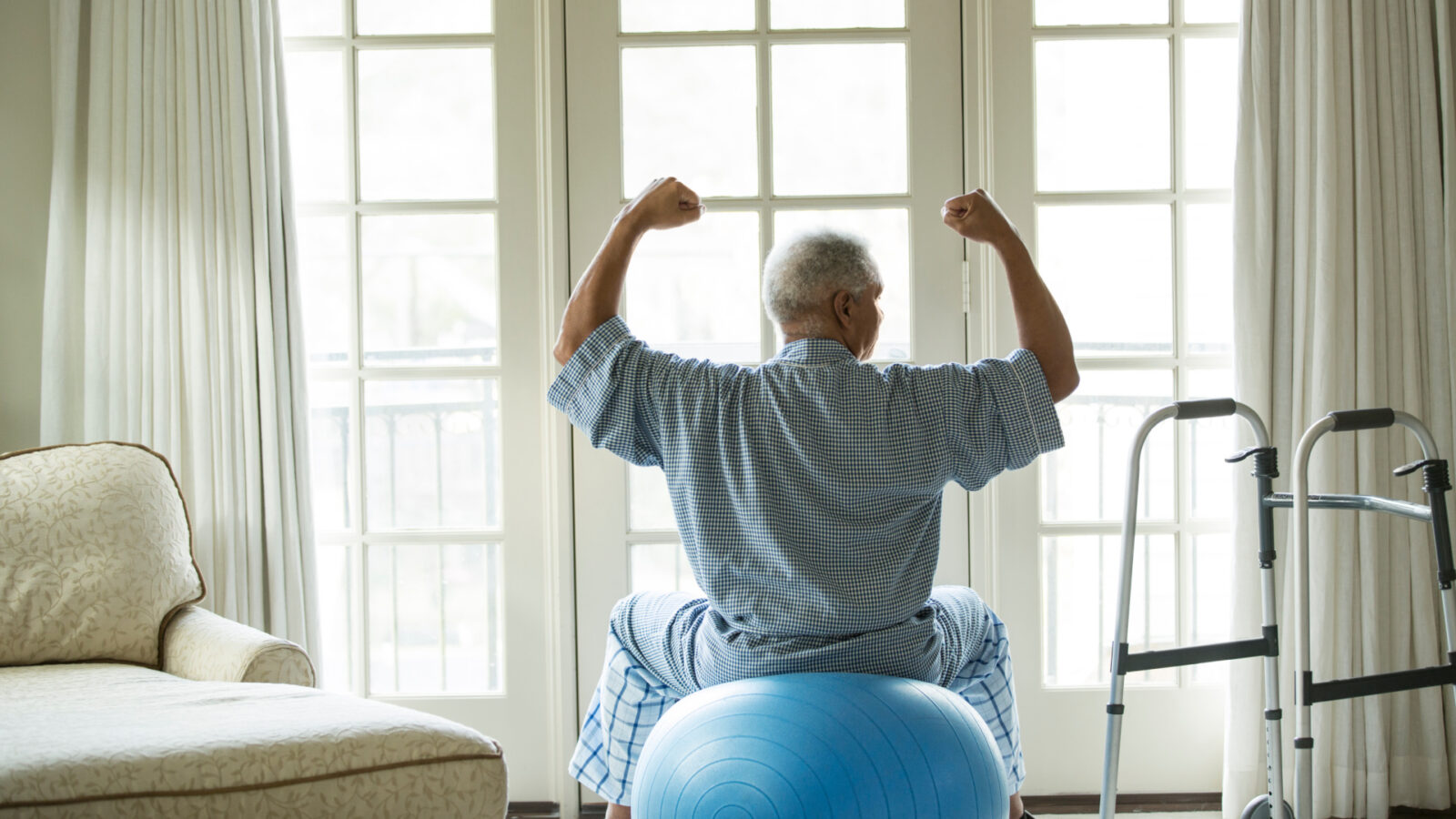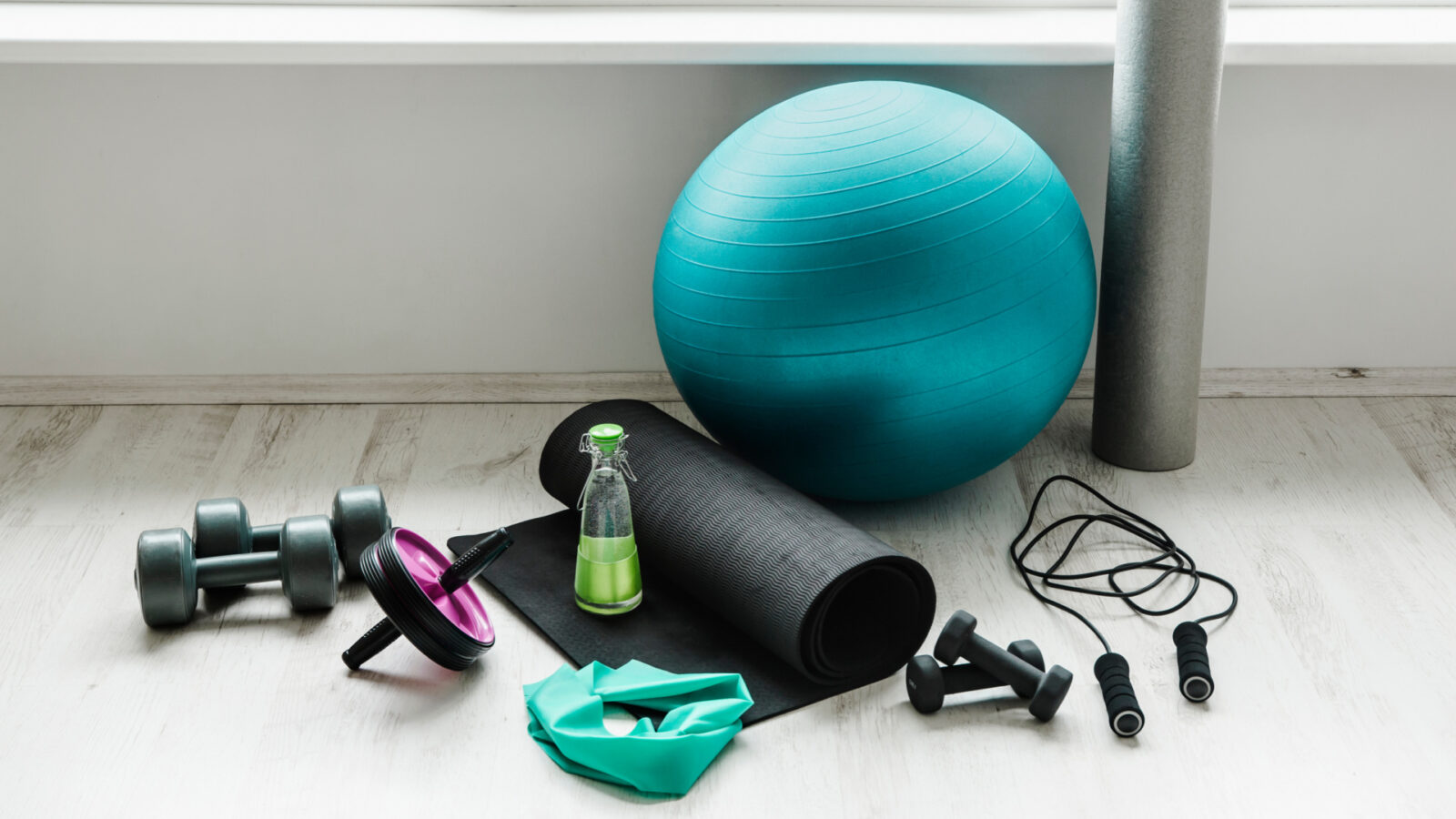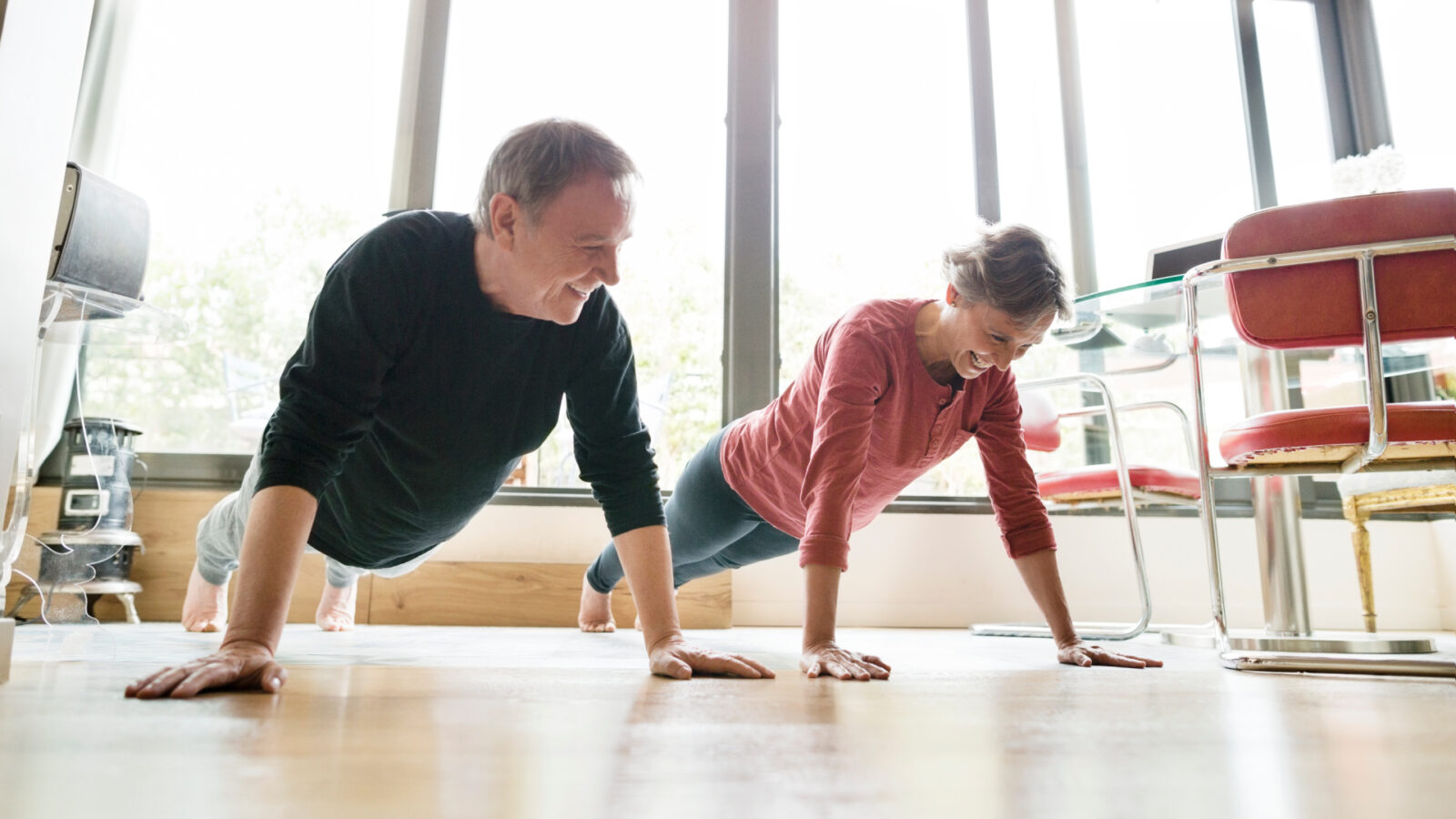
If you are 60 or older, exercise is critical for ensuring optimal health and maintaining independence while ensuring you have the energy to do more of what you love, like keeping up with the grandkids.
Exercise not only promotes an active lifestyle but also lowers the chances of acquiring diseases such as heart disease, diabetes, and osteoporosis in addition to boosting your mood and strengthening your immunity.
Given the amazing advantages that come with exercise, it’s surprising not everyone is flocking to the local gym. Now that the new year is well and truly upon us, there’s no better time to strive towards your fitness goals.
However, Clinical Psychologist and Fitness Trainer at Love Your Life Over 60, Penelope Lane highlights that “as people get older, gyms can become intimidating and unwelcoming places”.
“These negative assumptions pivot around the belief that gyms only cater for younger people. And that they are not fit enough or strong enough to walk into a gym and workout there. They won’t be able to do the exercises and will make a fool of themselves- embarrass themselves,” Lane explains.
The perfect remedy to such concerns and an enticing alternative to the gym when looking to take care of your health and fitness can be at home workouts.

Despite the popularity of gyms, working out at home can be a great option for those over 60 who still want to stay active but want to avoid the heaving crowds that can be a regular fixture at gyms, particularly for those who would prefer a more peaceful environment.
In addition to personal preferences when it comes to one’s health and fitness, Personal Trainer and Founder of Everflex Fitness, Michael Hamlin further highlights some of the benefits that come with breaking a sweat in the comfort of your own home.

Whether you are chasing an array of fancy new equipment or just want to rely on simple body weight exercise, getting set up to exercise at home can be a simple process that can be tailored to an individual’s specific needs and abilities.
Over 60s can start by determining their fitness goals and choosing exercises that align with those goals. A few common equipment options include resistance bands, hand weights, a stability ball, or even just using one’s own body weight for resistance.
Group & Personal Training Specialist Daniel Munday from DPM Performance is all about “keeping things simple” when it comes to getting your daily dose of exercise in.
“The main thing to remember is you don’t need any equipment. Sure you can use things like weights, or treadmills or exercise bikes or whatever, but why make things harder for you? I’m about keeping things simple and doing exercises using your own bodyweight,” Munday says.
“Make sure you are doing the right exercises that take into account whatever injuries or conditions you may have. Speak with your doctor about what might be appropriate for your current situation, especially if you haven’t done anything for a little while.”
Hamlin suggests the main areas of focus when getting ready to exercise at home include:
While setting up your equipment and space to exercise at home can be an exciting prospect, Hamlin also suggests the following precautionary measures to avoid injury:

Knowing how to put together an arsenal of equipment for your at home workout needs is one thing but knowing what exercises to do to ensure optimal health is another.
Whether it be grunting away under the weight of a barbell or some simple body weight exercises to improve daily function, there are a myriad of at home exercises to choose from.
When it comes to exercises to do at home to maximise your health and fitness and maintain independence, Hamlin suggests the following:
Above all Munday advises that “the main thing is to do things that are right for your body.”
“We all have niggles or conditions that might stop you from doing what others might consider the perfect exercise. That doesn’t mean it’s the perfect exercise for you,” Mundy explains.
“But assuming there’s no injuries, you can do plenty of bodyweight exercises that don’t need any equipment. Things like a wallsit (holding a squat against the wall), plank variations on your toes or knees for your midsection, to push ups for your upper body, or wall push ups if you can’t manage ones on your knees or toes.
“You can even do 1 arm push ups standing away from the wall or a door frame.”
Maintaining a regular exercise routine is essential for maintaining good health and well-being, especially as we age.
With these easy at-home workouts, you can stay active and improve your physical fitness without having to leave the comfort of your own home.
IMPORTANT LEGAL INFO This article is of a general nature and FYI only, because it doesn’t take into account your personal health requirements or existing medical conditions. That means it’s not personalised health advice and shouldn’t be relied upon as if it is. Before making a health-related decision, you should work out if the info is appropriate for your situation and get professional medical advice.